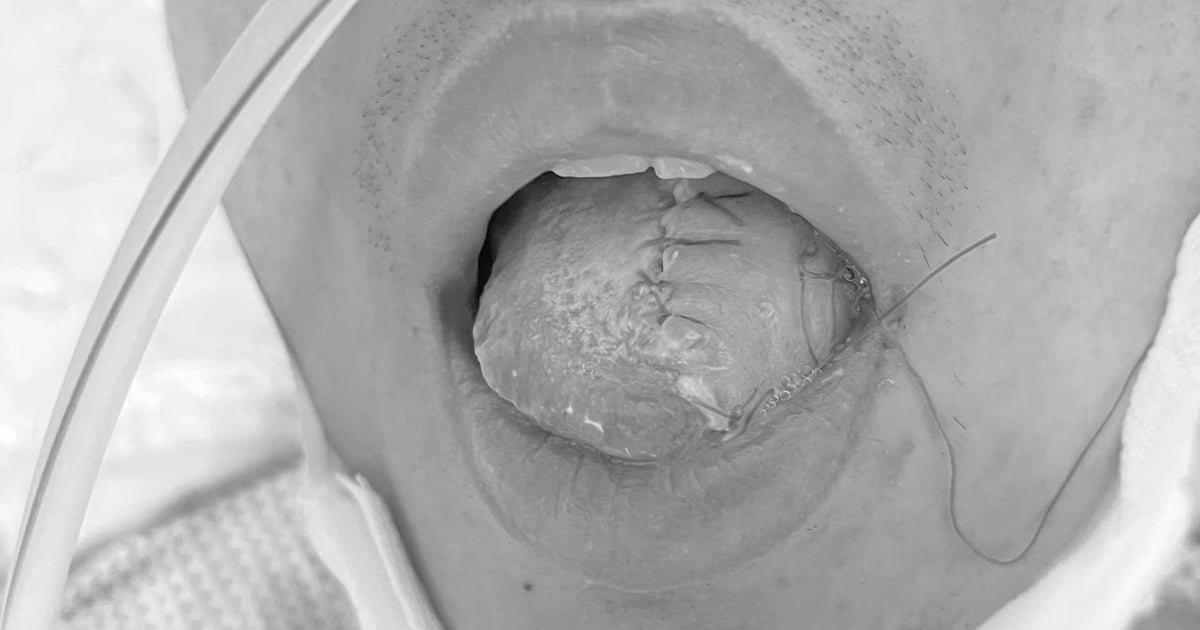Cancer is a dangerous disease that can affect any part of the body, including the feet. Recognizing early signs of abnormalities in the feet can help you detect cancer in its early stages, increasing the chance of successful treatment.
Unusual moles appear
Moles are small spots on the skin that are formed by a concentration of pigment cells. Most moles are benign, however, some moles can develop into skin cancer, especially melanoma. Pay special attention to the following changes:
- Moles have asymmetrical shapes, uneven edges, unclear borders, and no definite shape.
- Moles larger than 6mm (size of a pencil eraser) or that change in size suddenly.
- Moles come in many different colors (black, brown, red, white, blue), uneven color or change color over time.
- The mole itches, bleeds, crusts, ulcerates, swells, becomes red, painful, or feels uncomfortable. If you notice any of these changes in your mole, see a dermatologist immediately for an examination and diagnosis.

Many signs on the feet that seem normal actually warn of cancer. Photo: Healthline
Slow healing ulcer
Ulcers are lesions on the skin, usually caused by injury, infection or other conditions. Most ulcers heal with treatment. However, if the ulcer does not heal after a few weeks, tends to spread, ooze, bleed or is painful, you should be alert to the possibility of skin cancer.
Basal cell carcinoma is the most common type of skin cancer, and it usually appears on areas of the skin that are exposed to the sun. The sores may be red, pink, or brown, and may be scaly or crusted. Squamous cell carcinoma is the second most common type of skin cancer, and it also usually appears on areas of the skin that are exposed to the sun. The sores may be red, rough, and bleed easily. Persistent sores can also be a sign of cancer that has spread to the legs from other parts of the body.
Thickening, roughening, or discoloration of the skin on your legs
If an area of skin on your leg becomes thick, bumpy, rough, scaly, or crusty, you should be concerned about the possibility of skin cancer, especially squamous cell carcinoma. Additionally, in rare cases, thickened, bumpy skin on your leg can be a sign of Paget's disease of the breast, a rare cancer that affects the nipple and areola.

Changes in skin color of the legs also need special attention. Photo: Getty Images
If the skin on your legs turns red, purple, brown, or black, and is not related to an injury, you should see a doctor immediately. Skin discoloration can be a sign of skin cancer, especially melanoma. Kaposi's sarcoma, a rare cancer that causes red or purple lesions on the skin, can also cause skin discoloration.
Swelling of one side or leg
Swelling of one leg or lower leg may be accompanied by pain, a feeling of tightness, discomfort, and shiny, warm, or red skin. The cause of the swelling may be deep vein thrombosis (DVT) - a condition in which a blood clot forms in a deep vein in the leg, causing swelling, pain, and potentially dangerous complications such as pulmonary embolism. However, swelling of one leg can also be a sign of cancer, especially lymphoma, soft tissue cancer, or metastatic cancer that compresses blood vessels.
Swelling in the feet or ankles
Swelling in the feet or ankles that does not go away with rest and leaves an indentation when pressed can be a sign of heart failure, kidney disease, or cancer. Heart failure is a condition in which the heart does not pump blood effectively, causing blood to pool in the lower extremities. Kidney disease can also cause swelling because the body cannot get rid of excess fluid. Cancer, especially cancer of the lymphatic system or metastatic cancer, can also cause swelling in the legs.
Pain
Leg pain is a common symptom that can be caused by a variety of things, from musculoskeletal problems to neurological conditions. However, if you experience unusual, unexplained pain, be wary of the possibility of cancer.
Persistent, dull, or severe pain that is not relieved by rest or common pain medications may be a sign of bone or soft tissue cancer. Primary bone cancer or cancer that has spread to the bone can cause bone pain, especially at night. Soft tissue sarcoma can also cause leg pain, especially if the tumor grows large enough to press on nerves.
Source: https://giadinh.suckhoedoisong.vn/6-thay-doi-tren-chan-ngo-binh-thuong-lai-la-dau-hieu-cua-ung-thu-it-nguoi-biet-172241212200143523.htm


![[Photo] General Secretary To Lam receives King Philippe of Belgium](https://vstatic.vietnam.vn/vietnam/resource/IMAGE/2025/4/1/e5963137a0c9428dabb93bdb34b86d7c)
![[Photo] Prime Minister Pham Minh Chinh meets with King Philippe of Belgium](https://vstatic.vietnam.vn/vietnam/resource/IMAGE/2025/4/1/be2f9ad3b17843b9b8f8dee6f2d227e7)
![[Photo] President Luong Cuong and King Philippe of Belgium visit Thang Long Imperial Citadel](https://vstatic.vietnam.vn/vietnam/resource/IMAGE/2025/4/1/cb080a6652f84a1291edc3d2ee50f631)
![[Photo] Close-up of Vietnam's sniffer dog team searching for earthquake victims in Myanmar](https://vstatic.vietnam.vn/vietnam/resource/IMAGE/2025/4/1/d4949a0510ba40af93a15359b5450df2)





























































































Comment (0)